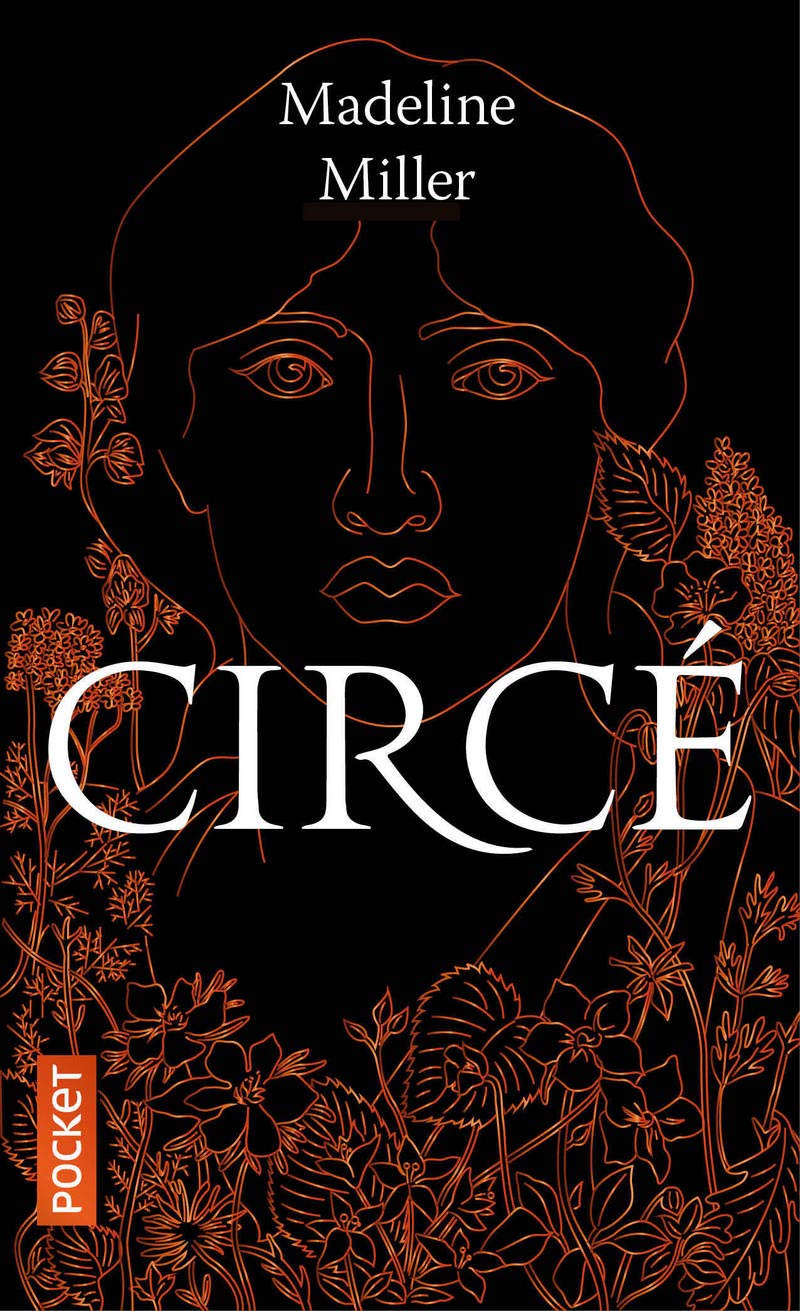

Karen Armstrong has posited in A Short History of Myth (Cannon Gate, 2005) that man created myth because of an increasing awareness of his mortality and an attempt to give meaning to life by both explaining it in relation to a spiritual world (where we came from and where we were headed) and providing instruction. From this vantage point, where she does not exist in either the divine world or the mortal one, she sees things differently from everyone else.

For much of the duration of the story, she is in exile on a deserted island as part of a peace bargain between Helios (on behalf of the Titans, the old gods) and Zeus (on behalf of the Olympians, the new gods). Our narrator is the daughter of the Titan god, Helios, and the nymph, Perse. As the plot advances, Circe’s frame of reference evolves due to her experiences with visitors from both the worlds of the gods and the mortals, her complex relationships with them, and the stories they share casually. Here, we get a somewhat different story of her growth into her powers as a witch or sorceress and her awareness of what they mean to her and others around her. Mostly, she has been portrayed throughout art as a jealous, malignant witch who transforms others into monsters or animals through her potions. This is definitely Circe’s story - one that has had various conflicting versions over time - with the Odyssey as the backdrop, or the side-show. The novel is indeed a response to the myth of Odysseus because, through Circe, we see the hero very differently. Miller’s Circe is not exactly the entire Odyssey retold through a new point of view. One reason for recasting an old work is that over time, the things that readers take for granted and the things that need explaining change … The Penelopiad is written very precisely in response not to the myth of Odysseus, but to the Odyssey.

Thomas Jones, in his London Review of Books review of Margaret Atwood’s The Penelopiad ( The Odyssey through the point of view of Penelope, Odysseus’ wife, and her 12 maids) wrote: Each writer’s version gives us, beyond fresh perspectives, a way to understand our present world through the retold narrative of an ancient one. Each time one of these myths is retold, new colors, shapes, and shadows are filled in to suit tweaked plotlines, a different protagonist’s point of view, or our present times. Yet, there’s also a tabula rasa aspect: we can read our own interpretations into them (at least with the traditional versions) both as readers and as writers. Readers are drawn to them because the mythical characters are well-known, easy to understand, and mostly universal archetypes. Greco-Roman mythology continues to be an endless well of inspiration for Western fiction writers, whether through modern retellings or as character archetypes.



 0 kommentar(er)
0 kommentar(er)
